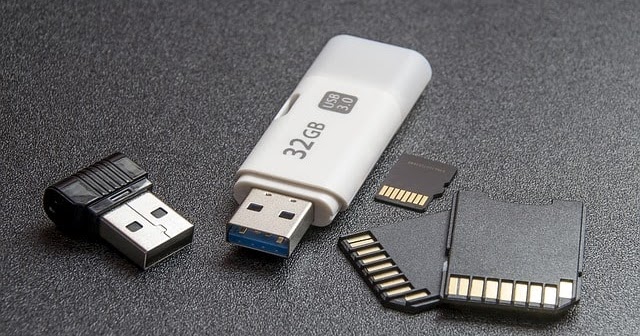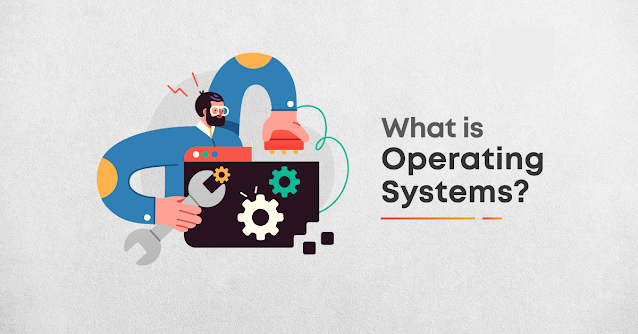Advantages and Disadvantages of Flash Memory
Advantages and Disadvantages of Flash Memory
What is Flash Memory?
Non-volatile computing storage technology like flash memory is quickly ingesting our everyday life. Nowadays, flash memory-based gadgets are employed extensively. Non-volatile storage sticks have their own benefits and drawbacks.
Therefore, by having a basic awareness of those criteria, a customer can make a more accurate selection about which alternative is suited to his or her requirements.
Non-volatile memory is created using solid-state devices. Every single chip includes a different type of non-volatile memory cell. Non-volatile memory, as opposed to the traditional electrochemical method, store information on semiconductors.
Non-volatile retention is among the most important forms of data storage because it is the only kind of semiconductor technology.
Although non-volatile
memory has gained a lot of popularity, serious obstacles keep it from being
widely used. There are a number of things to take into account before using
this data-storage media.
Flash memory is a comparatively Easily removable Read Only Memory since it allows for data deletion and rewriting. Non-volatile memory comes in two varieties and has the ability to store information without power. Furthermore, read/write data processing is supported.
They are, accordingly, NOR and NAND non-volatile memory.
Types of Flash Memory: NOR and NAND
The
two basic forms of flash storage are NOR and NAND. Every type of flash
memory has a name that corresponds to it. The required output is produced via
logic gates, which are assemblages of transistors that carry out the
"if-then" procedure. The logic gate's construction determines which
outcome will result from any input data.
Ø NOR Flash Memory:
Despite having a higher cost per bit, NOR flash storage can read and write
information rapidly and more accurately than NAND. Customers most frequently
choose NOR flash storage for program execution.
Ø NAND Flash Memory - NAND is more affordable than NOR, but it reads data more slowly and can only retrieve data in blocks, not bytes. For holding large, frequently updated files, it works well.
Advantages of Flash Memory:
1. Speed - Non-volatile memory allows for high transmission speeds. The non-volatile memory can read and write data more quickly than a traditional hard drive.
2. Drives are still the greatest in terms of efficiency.
3. Stability - Non-volatile memory is devoid of any working components. It is solely reliant on electrochemistry and is more enduring because there aren't any moving components.
4. Form factor - The majority of flash storage
comes in a range of sizes. Since bigger or equal capabilities are commonly
crammed into smaller devices, little room is required to hold data storage.
5. Reliability - Hard disc drives have become gradually more reliable. Flash experiences, though, are better. This is a result of the lack of any rotating parts. The reliability of flash storage increases its suitability for mobile devices.
6. Effectiveness - Flash memory doesn't require any external parts to function. This enables it to function with very minimal energy. There is therefore no noise.
7. Portability - Some other advantage of flash memory is its tremendous accessibility. As a result, they are primarily utilized in small and light gadgets. Examples include USB storage sticks and camera flashcards.
Disadvantages of Flash Memory
1. Cost is one reason why flash memory is more expensive per GB than a traditional hard drive. This is a result of the hard disk's inexpensive production cost. Hard Disks rather than Flash memory are used by business strategies with a limited number of resources to use or save.
2. Efficiency - The program's method, which is employed by several NAND devices to store information effectively, finally wore out and ruins flash drives. Heavy write loads are too much for flash storage to handle.
3. Lifetime - Despite being more durable than HDs, flash storage doesn't have an endless lifespan. When voltage sources are put all over the transistors, the lifetime keeps decreasing. But, after doing more than 10,000 writes, the flash records begin to alter.
4. Capacity - In summary, all-flash storage has a hard time reaching sizes as high as those of hard disc drives. Solid-state drives comprised of flash storage are the only ones that have a larger capacity. but only in really rare circumstances. Additionally, SSDs are limited to 1TB in size. Additionally, bigger capacity flash storage generally results in performance issues. Flash memory frequently gives priority to capacity as a result.
5. Editing - Another drawback of flash memory is that they update data in block units. Processing each byte separately is required, which might take a significant amount of your time. The updating process has been significantly slowed down as a result. Moreover, this method does not ensure that every block is regularly updated properly.
6. Physical Damages - Flash storage attached to memory cards is especially vulnerable to harm. They are readily breakable and lost. The cardboard can occasionally become unreadable due to electronic deterioration. Similarly, to that, SSDs are commonly brought up while talking about the problem. If handled improperly, they will suffer damage.



Comments
Post a Comment